Jim Farley is exactly the kind of enthusiast you don’t find at the top of multinational car companies.
He’s too much like the rest of us: living and breathing cars, mending them, restoring them, racing them and trading them when he has time.
In fact, as a young graduate, Ford’s new, 53-year-old president of Europe, Middle East and Africa almost didn’t join the car business because he feared corporate contamination might spoil his precious hobby.
Farley eventually did join the car game, but only after spells in the computer and financial industries (“I liked computers, but not as much as cars”). Part of the persuasion process was receiving post-MBA offers from every major American car company. Another incentive was indulging his abiding curiosity to discover what made giant industrial firms tick.
“There were times when I’d spend my vacation working on production lines,” he says without guile. “I loved seeing the greasy bits combine into a car and understanding how decisions were reached on volumes, prices and model mix.”
This love of the whole business is a major reason why Farley accepted an offer last January to lead Ford in Europe. In a novel move that raised eyebrows at the time but now looks rather logical, Farley swapped his job as Ford’s Dearborn-based global sales and marketing chief directly with that of previous European president Stephen Odell, who had just led Ford of Europe out of recession and to the brink of profitability.
On a day when Farley felt ready to discuss his new mission, we met in the somewhat unconventional setting of Autocar’s photo archive (13 million images and counting, dating back to 1895).
There were decent reasons: to provide an interesting photo backdrop, to show Farley the comprehensive picture collection we have of his early mentor, the late F1 champion and car collector Phil Hill, and to spark his interest in our coverage of Ford’s history. Maybe even to dig out a few pictures of the two Lola racing cars he campaigns in classic events, characteristically without fuss.
After just a few minutes, it was clear that Farley never boasts. He listens almost as much as he talks.
Farley began his car industry career as a product planner at Lexus USA in 1990. He chose Toyota rather than an American company because theirs was an opportunity to work with engineers on a whole car, rather than pieces of it, as with the others. In 25 years, he has progressed from the bottom to the very top.
This new Ford of Europe gig gives him day-to-day charge of his idea of a near-perfect business: one that dreams up the new models it then builds and sells.
He cites several other incentives for crossing the Atlantic. One was a conviction (formed while working in Phil Hill’s restoration shop, a two-year stint that earned him “a PhD in cars”) that Europe continues to make the world’s best cars. Another was the belief that embracing Ford of Europe’s design and manufacturing practices greatly helped the company to achieve its global One Ford ambitions, espoused by then-president and CEO Alan Mulally.
I hadn’t heard Europe’s contribution to One Ford described this way before and remark on it, whereupon Farley reinforces the comment. “I joined Ford from Toyota in 2007 because of the strength of Ford of Europe’s model line-up,” he explains. “The Premier Automotive Group cars were still around, but I was looking directly at the core Ford product and its DNA, which I knew quite well because I’d been competing directly against them. I could see Ford was going to be able to achieve its objectives.”
But that was all eight years ago. Today’s challenges are different, and Farley articulates his view of them very clearly. “We must decide what Ford of Europe’s next gift to the group will be,” he says, “and it should be something the group couldn’t or wouldn’t do on its own.”
Specifics will have to wait a bit, says Farley, who lives in London with his wife and three children, but he is already spotting trends and influences that will inform the European Fords of the future.
“There is a tension in Ford between building global products and catering for local needs,” he says, “but it’s healthy. I’m seeing trends in Europe that will definitely go global. There are interpretations of volume models – Citroën Cactus and Renault Captur are good examples – that you don’t see elsewhere at present. These are proving very attractive to regular hatchback customers. It isn’t traditional sportiness that excites them, but the magic is definitely back.
We already know that how we execute our next B-sized vehicle – and not just the five-door hatch but the whole portfolio – could be an important gift to our whole group.”
He has lived in Europe (Brussels) before, but Farley is finding his London life instructive. In some ways, he says, the capital is “one of the grand experiments in new mobility. Where else in Europe would they close such an important piece of road as London’s Embankment to dedicate a large part of it to bicycles?”
One of the new president’s preoccupations – and surprises – has been watching cars file into London in the morning and discovering that the traffic isn’t a representation of the cars his company sells. “There are lots of luxury cars and lots of Transits,” he says. “We think of Silicon Valley as the place where the established car business is in collision with new mobility. But I’d say it was happening right here.”
We’ve been talking for an hour but it feels like 10 minutes. A particular pleasure in talking to Farley is that he is a unique mixture of loyal Ford man (“Even in my Lexus days, I drove old Fords”) and a big company car guy confident enough to credit opposition achievements. “Our competitors here are really good,” he says, “in ways I didn’t appreciate before. And you don’t necessarily find this excellence in predictable places. It’s not all about luxury brands. I find it humbling to see how well our competition has weathered the recent crisis. I mean, decisions to make the products we’re seeing now were taken during the toughest days. It takes guts.”
Farley insists there can be no thought of kyboshing or watering down One Ford, despite my own theory that Ford’s range is being pressured by premium makers above and budget makers below.
“We must build our cars on a competitive cost base,” says Farley, “while making them refreshing and relevant. That’s called being a Ford. Ditching One Ford would make no sense at all; it has given us so much.”
Meanwhile, Ford’s battle with the premium marques will continue, he predicts, but he believes the way to win is to find ways to imbue his new cars with an emotional appeal that even their pricier rivals can’t match. Ford achieved that in the 1960s, when the first Capri and Escort were in their pomp. “I want to get people to be so emotionally engaged with our cars that premium rivals will seem a bit dull,” he says, undaunted that this means out-BMWing BMW.
“We have so many resources and so many smart people. If we can unleash their creativity, and do it in the name of the customer, I believe just a few years in the future you’ll be sitting here asking me how we did it.”
Get the latest car news, reviews and galleries from Autocar direct to your inbox every week. Enter your email address below:

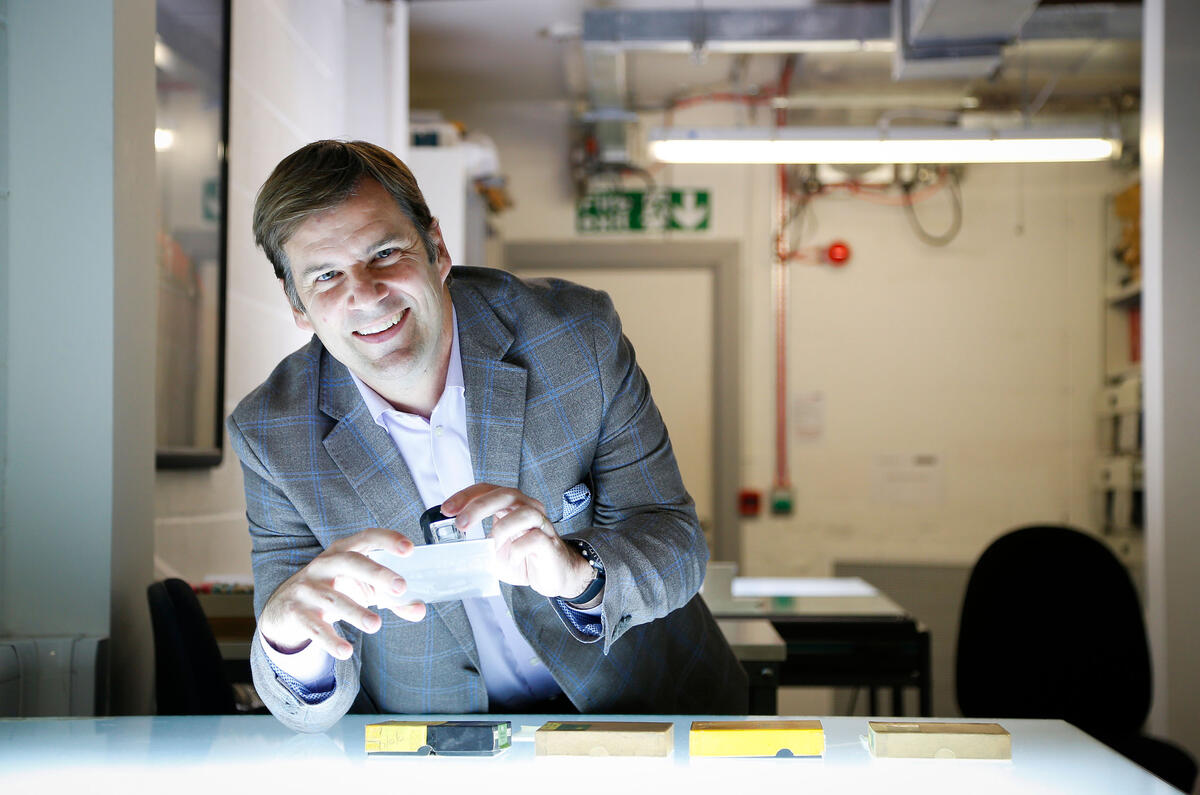
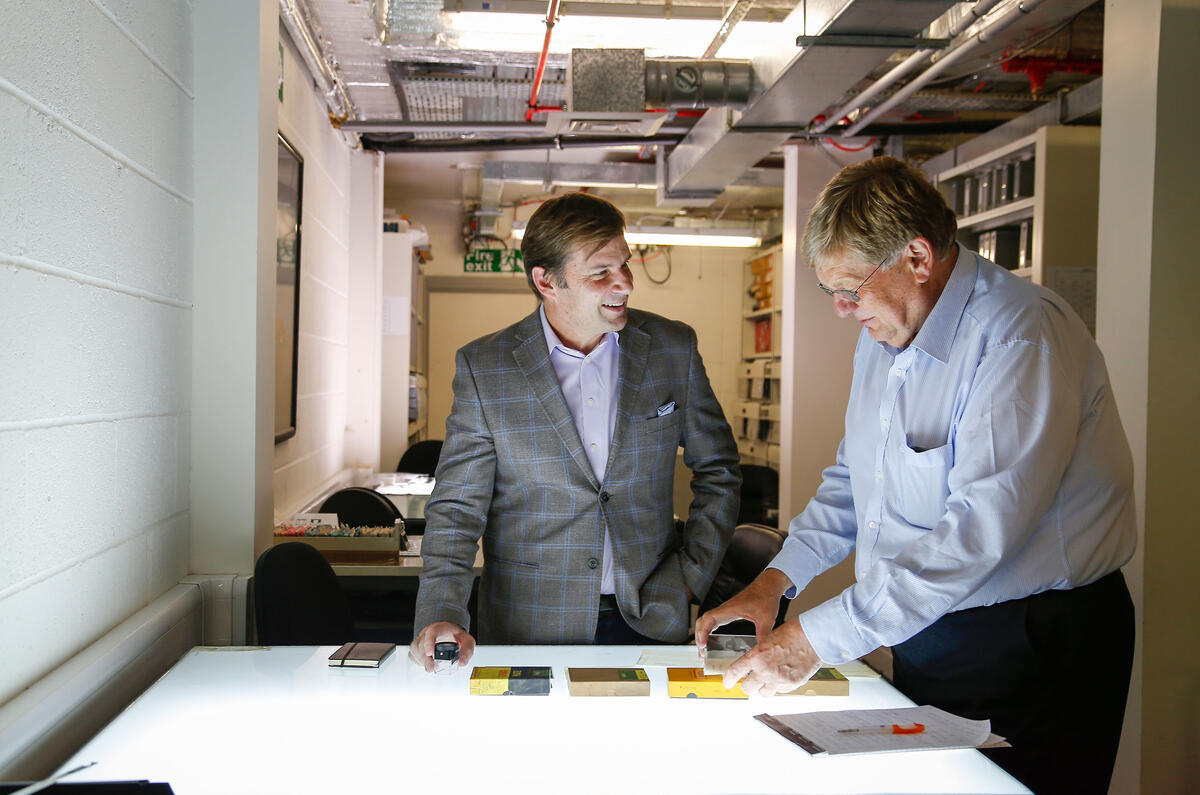
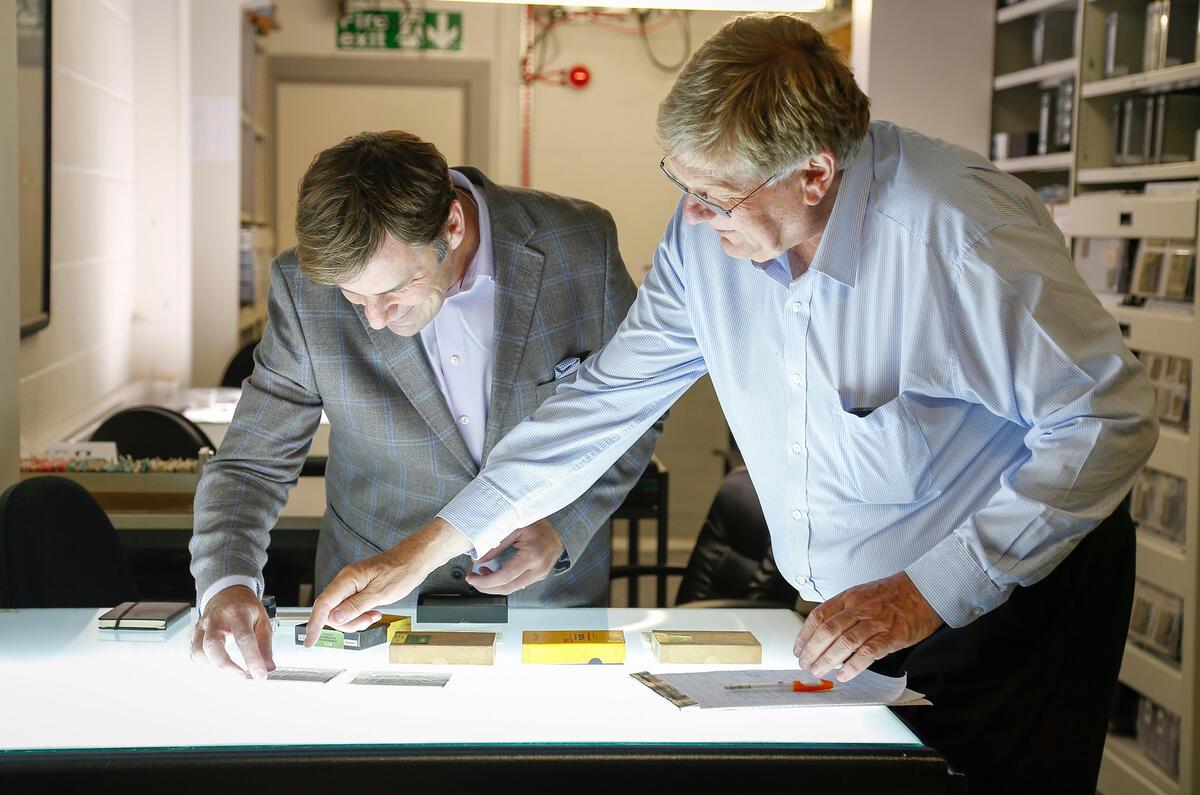
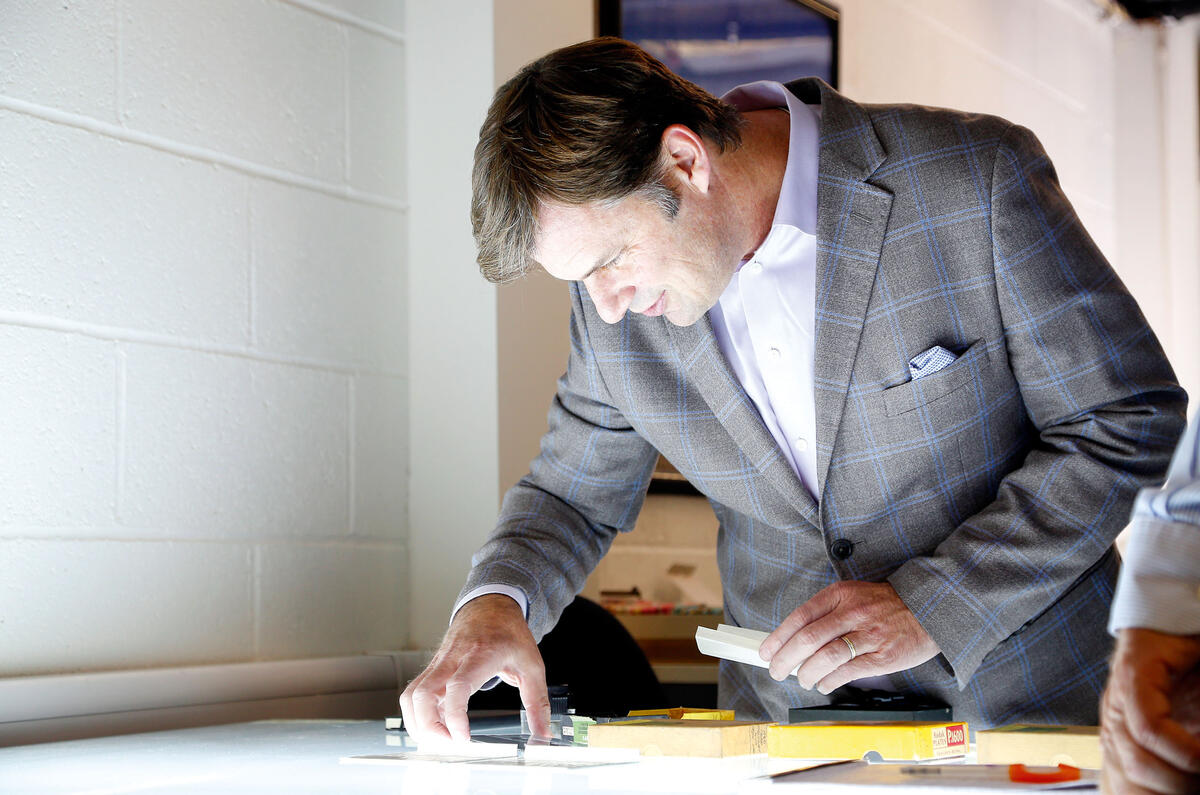

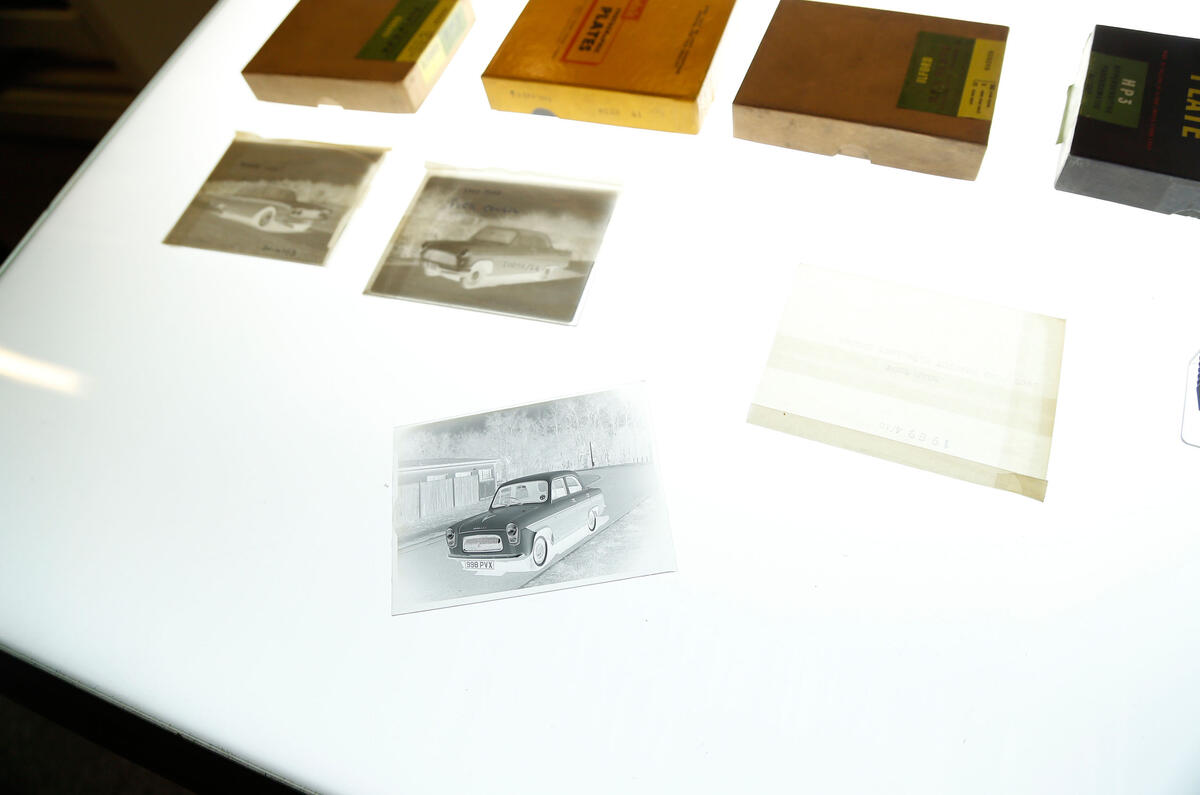
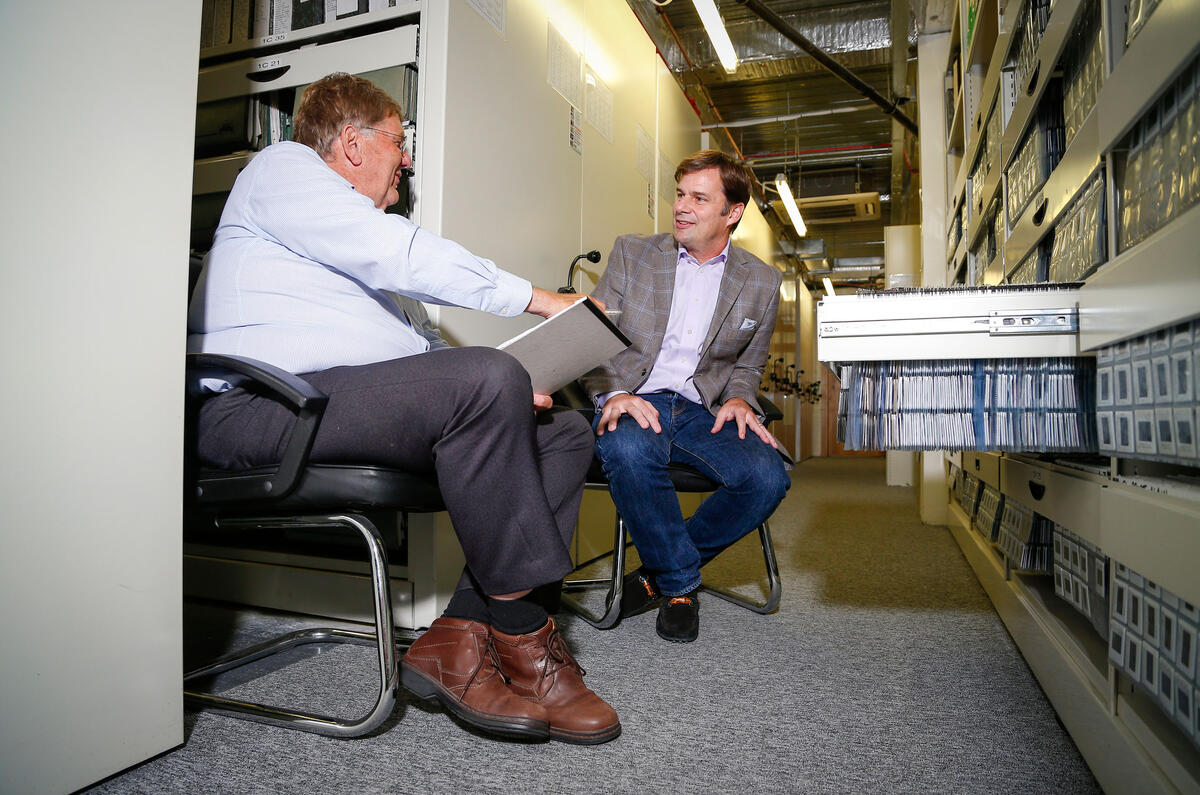
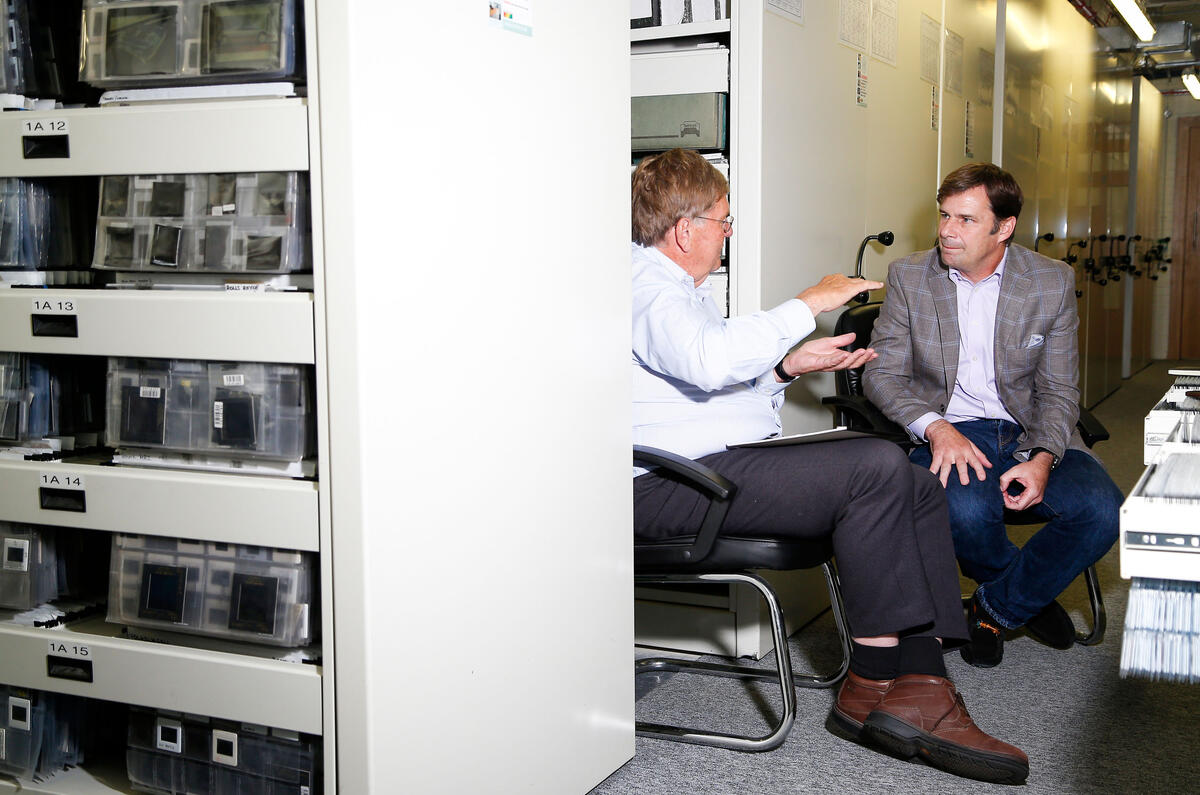
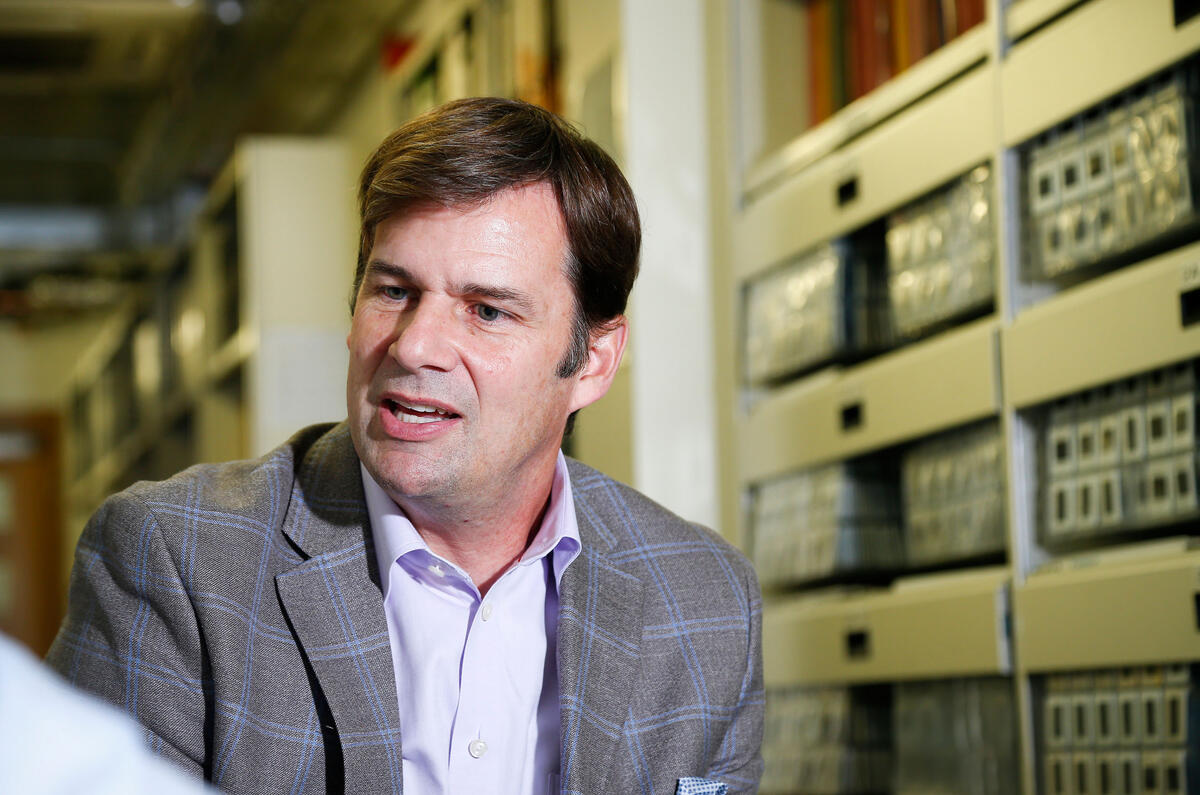





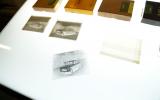









Join the debate
Add your comment
He's a nice guy, but this
The Ka, mentioned by Adrian, is a great example of where they need to step back from the financial decisions and look at the 'emotion'a little more. They dropped the ball on that one.
no emotion without connection
When you compare this to the so called premium brands you will see why they are premium brands, for here you have a choice of interior colours and more paint colour options... when you offer a customer a real choice rather than the expedient from the manufacturer, you get a connection on an emotive and personaliseable basis... hence the idea of premium in the modern context where no one makes a poor car anymore...
Look at Fiat 500, Mini and the German brands... when you have had 3 of your last cars all compulsorily black inside you probably want a change... Ford wake up... you can do better... and you should!
Emotion, it's under One's nose